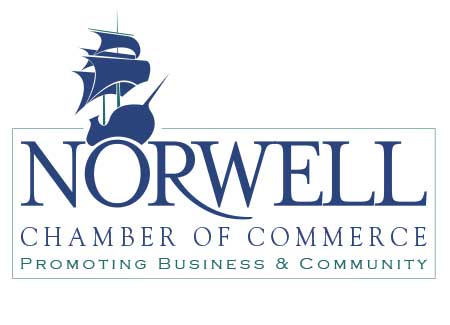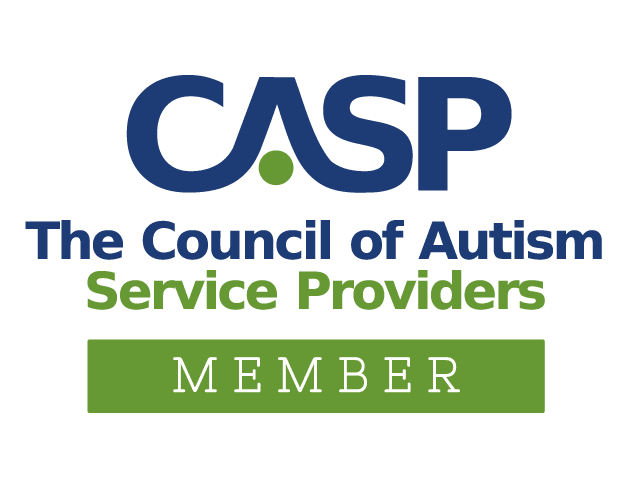Frequently Asked Questions
Providing answers to your questions about ABA Services and Autism
There are many questions about Autism which can often be overwhelming to parents and caregivers. We’ve compiled a series of FAQs that we hope you find helpful as you navigate through the world of Autism.
For guidance from the CDC on how to identify characteristics of typical child development from 9 months-old to 5 years, click the link below to visit our Developmental Milestones page.

FAQs
What are the subcategories of Autism Spectrum Disorder?
In 2013, the American Psychiatric Association created one umbrella diagnosis, Autism Spectrum Disorder, to cover the following diagnoses:
- Autism
- Pervasive Developmental Disorder Not Otherwise Specified (PDD-NOS)
- Asperger Syndrome
- Rhett’s Disorder
- Childhood Disintegrated Disorder
What is Autism?
Autism spectrum disorder (ASD) is a complex neurological disorder characterized by impairments in three core areas:
- Social interactions
- Verbal and non-verbal communication skills
- Repetitive, stereotyped, and restrictive behavior
What causes Autism?
- The causes are still unknown
- Current research suggests that there may be a genetic predisposition and an environmental trigger
Who is affected by Autism?
- The CDC estimates that ASD now affects 1 in 59 children; as of 2018
- It is four times more likely in boys than girls
- It affects all races and nationalities
Is there a cure for Autism?
No, there is not. The FDA warns against therapies/products that make improper claims about a treatment or cure for Autism or Autism-related symptoms. Quick tips for identifying false or misleading claims include:
- Avoid products that claim to treat a wide range of diseases
- Scientific evidence should be trusted over personal testimonies
- Be suspicious of therapies that claim a quick fix, as very few conditions can be treated quickly
- So-called “miracle cures” which claim scientific breakthroughs may be a hoax
What does Autism look like?
Autism is truly a spectrum. No two people with Autism have the same strengths or challenges, and their challenges can vary from mild to severe. Individuals who are mildly affected may have behaviors that resemble a learning disability, but often have handicaps in the areas of communication and socialization.
Common deficits include but are not limited to:
- Limited play and leisure skills
- Difficulty with emotional regulation and inhibition
- Poor eye contact
- Difficulty imitating others’ movements or facial expressions
- Difficulty with initiating and sustaining conversations
- Does not respond when called by name
- Appears disinterested or unaware of others in the environment
- Difficulty communicating needs or desires
- Difficulty following instructions
- Does not pick up on facial expressions, tone of voice and/or gestures
- Reacts unusually to sensory information (e.g., sights, smells, tastes, sounds)
Common behavioral excesses can include:
- Repetitive language or motor movements (e.g., hand flapping, rocking or repeating lines from a TV show)
- Tantrums
- Self-injury
- Aggression
- Rigidity with routines
- Difficulty adapting to changes (e.g., tantrums when taking a different route to school)
- Fixation with narrow topics of interest (e.g., memorizing and reciting facts about trains)
When does ASD first appear?
ASD usually appears in the first 3 years of life. Sometimes signs will emerge and be diagnosed as early as 18 months.
Who can diagnose Autism?
- Developmental Pediatrician
- Neurologist
- Psychologist
How is Autism diagnosed?
There are currently no known biological markers for Autism. Instead, specially training physicians and psychologists administer Autism-specific behavioral evaluations.
How can parents/caretakers spot the warning signs?
Monitor your child’s development by taking notice of when or if your child is hitting key developmental milestones. Keep in mind however, that every child develops at their own pace. Failure to meet developmental milestones does not necessarily indicate that they have Autism, but it is important to share your concerns with your child’s doctor.
What are the primary therapies used to treat Autism?
- Applied Behavioral Analysis
- Speech-Language Therapy
- Occupational Therapy
- Physical Therapy
What types of skills can be taught using the principles of ABA?
The principles of ABA can be used to teach a wide variety of skills. Interventions should be customized based on the learner’s strengths, deficits, needs, and family goals. The type of goals addressed can include:
- Self-help skills (e.g., toileting, dressing, and completing chores)
- Language and communication
- Social skills (e.g., turn taking, eye contact, and maintaining conversations)
- Play and leisure skills
- Social cognition (e.g., identifying the feelings and preferences of others)
- Emotional regulation
- Executive Functioning (i.e., goal oriented behaviors)
- Decreasing maladaptive behaviors (e.g., tantrums)
What does research say about ABA?
- Over the past 40 years, several thousand studies have documented its effectiveness
- Greater treatment intensity of ABA leads to superior outcomes for individuals with Autism Spectrum Disorder; ideally, children would receive 20-40 hours per week of ABA therapy
- Research has shown that it is highly beneficial for children to start receiving ABA intervention before the age of 4
- ABA services initiated at any age have proven beneficial for the acquisition of valuable skills
Who is qualified to oversee an ABA program?
An ABA program should be overseen by a Board Certified Behavior Analyst (BCBA). BCBAs are specially trained to develop, implement, and manage ABA cases. ABA is very technical – it is important that the person in charge of ABA treatment is qualified.
Who is qualified to provide direct services?
The person who provides direct services will be trained and overseen by a BCBA. They are responsible for carrying out the behavior and treatment plans developed by the BCBA. It is ideal but not required for the person providing direct services to be a Registered Behavior Technician (RBT). It’s common for people to join this area of work at the direct level with little to no experience. It is very important that they a) receive ABA-specific training prior to working with a client, and b) complete extra workshops and training to build their skills.
What does an ABA session look like?
ABA sessions will look different for each child. Skills may be taught in both structured and unstructured environments (e.g., skills can be taught at a table, on the floor, outside, and in the community).
What is parent training?
Parental involvement is a crucial part of ABA. The BCBA should provide ongoing parent training and support to ensure that each family is able to understand and utilize ABA strategies with their child outside of structured sessions. These trainings may include lecture/power point training, role play, modeling of behavioral techniques, and formal feedback.
How do I get ABA for my child?
Thanks to the Act Relative to Insurance Coverage for Autism (ARICA) law passed in Massachusetts in 2010, all private insurance carriers must cover the diagnosis and treatment of Autism. MassHealth followed with a similar service policy update in 2015. Unfortunately, ABA is not covered to treat conditions outside of an Autism diagnosis.
My child is in Early Intervention. Can he/she receive intensive in-home ABA through a private organization?
Yes! DPH manages a small number of Specialty Service Providers (SSPs) in the State that provide ABA services as part of EI, but families always have the option of using their insurance to secure more intensive ABA services on their own.








